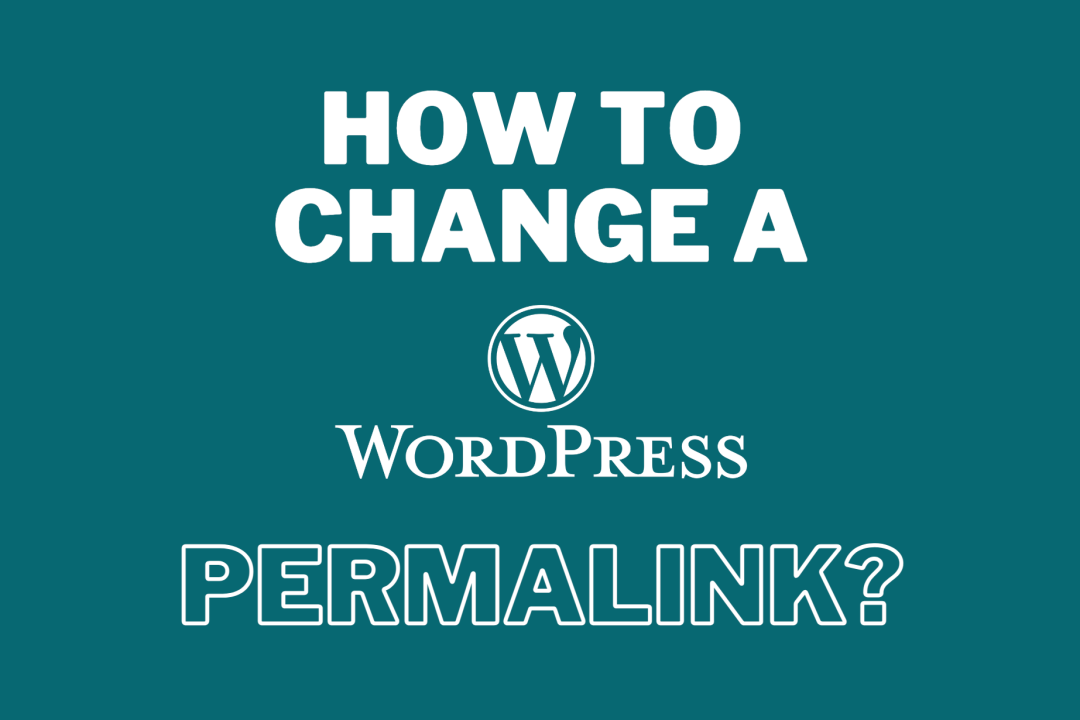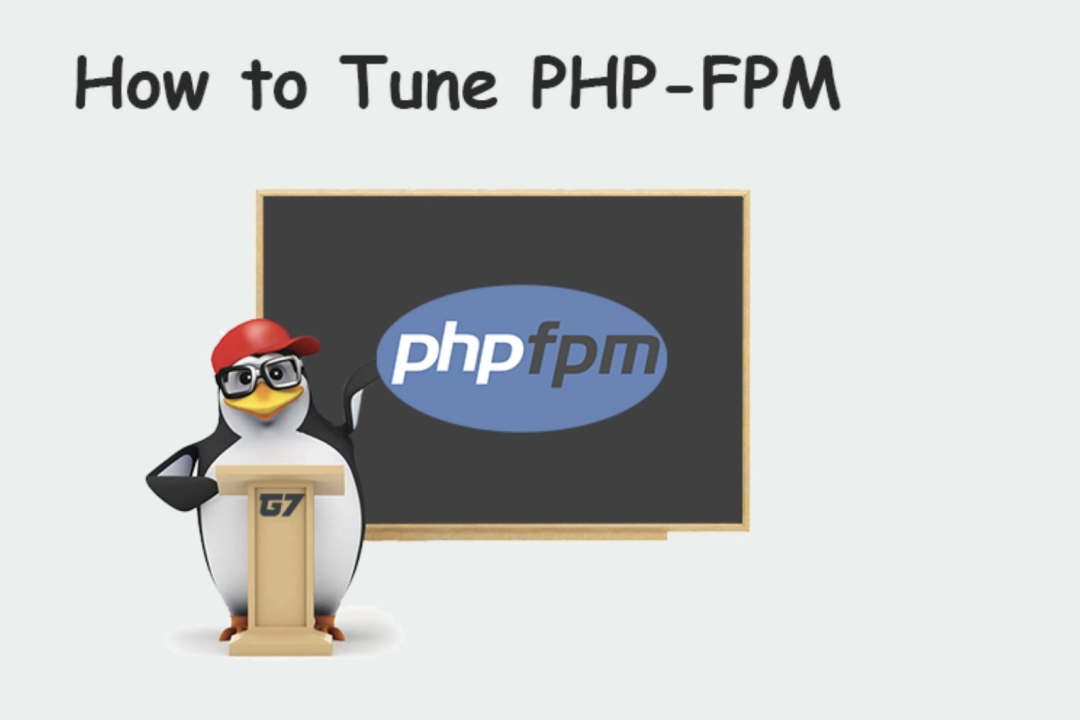
Permalinks play an essential role in the structure and organisation of your WordPress website. They affect your site’s search engine optimisation (SEO) and user experience by providing clear and descriptive URLs for your pages and posts. In this article, we’ll guide you through the process of changing your WordPress permalinks, from adjusting the permalink structure to updating individual post or page URLs.
Understanding Permalink Structures in WordPress
Permalinks in WordPress consist of two main parts: the base URL (your website’s domain) and the slug (the descriptive part that identifies a specific page or post). WordPress offers several default permalink structures, as well as the option to create custom structures using various tags, such as post name, date, or category.
Changing the Global Permalink Structure
Default Permalink Structures
To change the global permalink structure for your WordPress site, follow these steps:
- Log in to your WordPress dashboard.
- Navigate to “Settings” > “Permalinks.”
- You’ll see a list of default permalink structures, such as “Plain,” “Day and name,” “Month and name,” “Numeric,” and “Post name.”
- Select the permalink structure that best suits your website’s needs. The “Post name” option is generally recommended for most websites due to its SEO-friendly and user-friendly format.
- Click “Save Changes” to update your permalink structure.
Custom Permalink Structures
If none of the default permalink structures meet your requirements, you can create a custom structure using the available tags:
- In the “Permalinks” settings page, select the “Custom Structure” option.
- Enter your desired structure using the available tags, such as %postname%, %year%, %monthnum%, %day%, %hour%, %minute%, %second%, %post_id%, %category%, %author%, and %tag%. For example, to create a custom structure that includes the category and post name, you would enter “/%category%/%postname%/”.
- Click “Save Changes” to update your permalink structure.
- Changing Individual Post or Page Permalinks
To change the permalink for an individual post or page, follow these steps:
- Log in to your WordPress dashboard.
- Navigate to “Posts” or “Pages” and click on the title of the post or page you want to edit.
- In the editor, locate the “Permalink” section (usually found in the right sidebar or below the content editor).
- Click the “Edit” button next to the current slug.
- Edit the slug following the best practices for creating and optimising WordPress slugs, such as keeping it short and descriptive, using hyphens to separate words, and avoiding special characters.
- Click “Save” to update the permalink.
Note: When editing permalinks, be aware that changing a published post or page’s permalink will result in a broken link unless you set up a proper redirect.
Setting up Redirects
After changing permalinks, it’s crucial to set up redirects to ensure visitors and search engines can still access your content using the old URLs. You can use a plugin like Redirection or Yoast SEO to manage redirects efficiently. To set up a redirect using the Redirection plugin, follow these steps:
- Install and activate the Redirection plugin in your WordPress dashboard by navigating to “Plugins” > “Add New” and searching for “Redirection.” Click “Install Now” and then “Activate.”
- Go to “Tools” > “Redirection” in your WordPress dashboard.
- In the “Add new redirection” section, enter the old permalink in the “Source URL” field.
- Enter the new permalink in the “Target URL” field.
- Choose the appropriate “Group” for your redirect (e.g., “Modified Posts” or “Redirections”).
- Click “Add Redirect” to create the redirect.
Repeat these steps for each permalink you’ve changed to ensure a smooth transition and maintain your site’s SEO value.
Conclusion
Changing permalinks in WordPress can improve your site’s SEO, user experience, and overall organisation. Whether you need to adjust the global permalink structure or update individual post or page URLs, this step-by-step guide will help you make the necessary changes. Just remember to set up proper redirects after modifying your permalinks to avoid broken links and maintain your site’s SEO value. With these steps in place, you’ll be well on your way to optimising your WordPress website’s permalinks for success.





